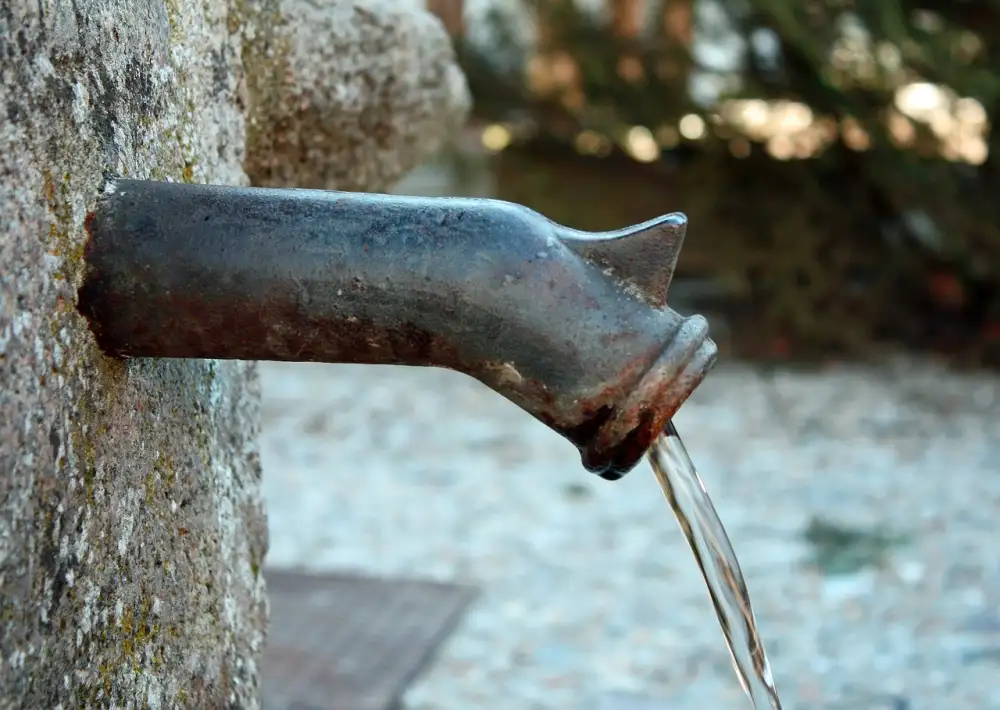Master the Art of Cleaning a Cast Iron Skillet: A Step-by-Step Guide for a Spotless Kitchen

Cleaning a cast iron skillet is an essential task for any home cook. Not only does it ensure the longevity of your skillet, but it also guarantees that your food will taste its best. A well-maintained cast iron skillet can be passed down through generations, becoming a cherished family heirloom. By properly cleaning your cast iron skillet, you not only remove any leftover food particles and residue but also prevent the buildup of rust and maintain its non-stick surface. In this step-by-step guide, we will explore the best methods for achieving a spotless cast iron skillet and maintaining its quality for years to come.
Gather necessary supplies for cleaning
To clean a cast iron skillet effectively, it is essential to gather the necessary supplies beforehand. These items will ensure that you can remove any food residue and maintain the skillet's seasoning. Firstly, you will need a stiff brush or sponge specifically designed for cast iron cleaning. Avoid using abrasive materials that could damage the skillet's surface. Additionally, have some mild dish soap on hand, as well as kosher salt or baking soda for tougher stains. Lastly, make sure to have clean, dry towels or paper towels for drying the skillet after cleaning. By having these supplies ready, you'll be well-prepared to tackle any mess and restore your cast iron skillet to its pristine condition.
Preparing the cast iron skillet for washing
Preparing the cast iron skillet for washing is an essential step to ensure effective cleaning. Start by allowing the skillet to cool down completely after use. Never attempt to wash a hot skillet as it can cause damage or injury. Once cooled, use a stiff brush or scraper to remove any food particles or residue stuck on the surface. Avoid using soap at this stage as it can strip away the seasoning. Instead, rely on water and elbow grease to loosen stubborn bits. If necessary, add a small amount of coarse salt as an abrasive agent. Thoroughly scrub the entire surface, including the sides and handle, until clean. Rinse with warm water and pat dry with a clean towel before moving on to the next step in the cleaning process.
Cleaning the cast iron skillet using gentle methods
Cleaning the cast iron skillet using gentle methods is crucial to maintain its seasoning and prevent damage. Start by rinsing the skillet with warm water, avoiding harsh soaps that can strip away the seasoning. Use a soft sponge or brush to gently scrub off any food residue. For stubborn stuck-on food, create a paste of coarse salt and water and scrub it with a cloth or paper towel. Avoid using abrasive materials that can scratch the surface. Rinse thoroughly and dry immediately to prevent rusting. Remember, gentle cleaning ensures a spotless cast iron skillet without compromising its integrity.
Drying and seasoning the cast iron skillet
Drying and seasoning the cast iron skillet is a crucial step to ensure its longevity and maintain its non-stick surface. After washing, use a clean towel or paper towels to thoroughly dry the skillet. Make sure it is completely free of moisture to prevent rust formation. Once dry, apply a thin layer of oil all over the skillet, including the handle and exterior. Use a cloth or paper towel to spread the oil evenly. Then, place the skillet upside down in an oven preheated to 350°F (175°C) for one hour. This process, known as seasoning, helps create a protective layer on the skillet's surface. Once done, let it cool before storing it properly to prevent any damage or rusting.
Storing the cast iron skillet properly to prevent rust
Storing the cast iron skillet properly is crucial to prevent rust and maintain its longevity. After cleaning and drying the skillet, make sure it is completely cool before storing. Avoid stacking other pots or pans on top of it, as this can cause scratches and damage the seasoning. To prevent moisture buildup, place a paper towel or cloth inside the skillet to absorb any excess moisture. Finally, store the skillet in a dry place with good ventilation to ensure proper air circulation. By following these storage tips, you can keep your cast iron skillet rust-free and ready for future use.
In conclusion, mastering the art of cleaning a cast iron skillet is essential for maintaining its longevity and ensuring a spotless kitchen. By following the step-by-step guide outlined above, you can easily keep your skillet in pristine condition. Here are some final tips to help you maintain a clean cast iron skillet:
1. Avoid using harsh detergents or abrasive scrubbers as they can strip away the seasoning.
2. Always dry your skillet thoroughly after washing to prevent rust formation.
3. Regularly season your skillet with oil to maintain its non-stick surface and prevent food from sticking.
4. Store your cast iron skillet in a dry place to prevent moisture buildup and rust formation.
By incorporating these tips into your cleaning routine, you can enjoy the benefits of cooking with a well-maintained cast iron skillet for years to come. Happy cooking!
Published: 16. 12. 2023
Category: Home



